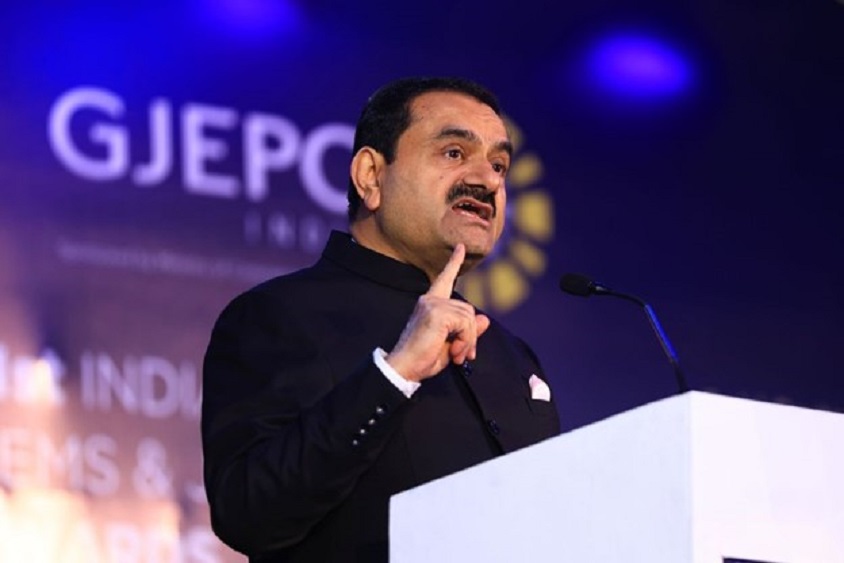
18th February 2025: Last week, India’s Adani Green Energy, which has proposed to set up 484 MW Renewable Energy Wind Farms at Mannar and Pooneryn along with transmission system at an investment of ~$1 billion, said it is “respectfully” withdrawing from the said project. This is a huge setback for the nation which is trying to attract FDI as well as grow its green economy.
However, some analysts have been claiming, on some incorrectly structured assumptions, that if Adani’s venture were to ahead, Sri Lanka would stand to lose over a billion dollars over the span of the project, which is 20 years. However, realistically speaking, reverse appear to be true. Sri Lankas stands to lose over five times that amount in fossil fuel import alone, if a project of such scale and size doesn’t come up.
They base their calculations on USC 4.65 per unit of power cited by local developers with no track record of delivering any project such scale, versus USC 8.26 quoted by Adani, which currently has existing RE generating capacity exceeding 10 GW, with another 20+GW in commission phase.
Besides surety of the project coming up – Adani commissions 3-4 GW of RE capacity annually in its home country – it will be 100% FDI with no local bank exposure and hence no pressure on the sovereign in case of any defaults or delays. Can the same be said about the other local developers?
Sri Lanka hasn’t seen a project of this scale which can potentially upend its energy dynamics and take the country closer to self-reliance and reduce dependence on fossil fuels. The Adani project will save US$ 270+ Mn annually by displacing higher cost fuel-based tariffs. The project will generate ~1,500 million units of power per year – corresponding to meeting energy demand of 0.6 million households and equivalent to cutting 1.06 Mn tons of CO2 emission per year. The economic benefit of such CO2 avoided will be a further US$ 100 million per year.
On tariff, the Adani tariff is USC 8.26 tariff and fixed for 20 years, versus projects which initially offer low tariff but subsequently load the consumer with hidden charges, making it more expensive.
As per CEB data, its own cost was USC 12.52 per unit for coal-based power and USC 26.99 for oil based. It also purchased power from thermal IPPs (Independent Power Plants) at cost ranging from USC 14 – 30. By not having this project, while it is highly debatable on if or not Sri Lanka will pay any excess charges to Adani over the project lifetime, what is certain is by not having it, Sri Lanka will certainly pay $5.5 billion in importing fossil fuel for power generation over the same period (at today’s price. If crude oil prices rise in the future, then this amount too would).
It’s important to note that Adani will be paid in LKR, versus the fossil fuel-based power plants which use precious forex to import their fuel. The project will also cut government power purchase cost and reduce household electricity bills. At ~1,500 million units of power per year, Government’s electricity purchase cost will be reduced by about US$ 83 million per year (about LKR 25 billion) – corresponding to reduction in electricity tariffs of consumers by 17 LKR per unit. This is equivalent of putting money in the hands of the consumers by reducing their energy bills.
Environmentally too, the project will help Sri Lanka achieve its sustainability goals. Sri Lanka has set a goal of achieving 70% renewable energy (RE) generation by 2030 and becoming carbon neutral by 2050. In FY24, fossil fuels accounted for 54% of our total power generated, with under 8% from solar or wind, and hydro contributing 31%. Over the next 25 years, Sri Lanka’s power demand will grow at an annualized rate of ~5% and to meet our sustainability objectives, by 2050, we will need to add ~7,000 MW of fresh RE capacity. We need large signature RE projects so that newer ones are attracted.
Lower per unit tariff, no run-on forex reserves, reduction in import bills by slashing fossil fuel requirement, meeting sustainability goals and fillip to local economy are some of the things we will lose out if the Adanis indeed walk out. We need to ask ourselves if we can afford to do that.



